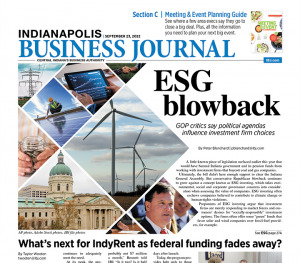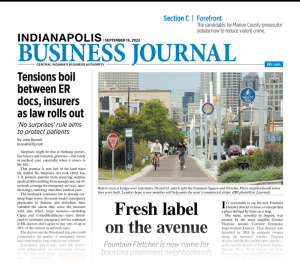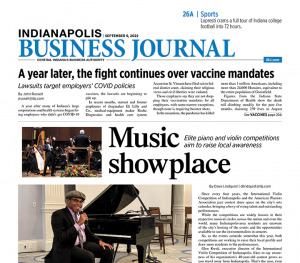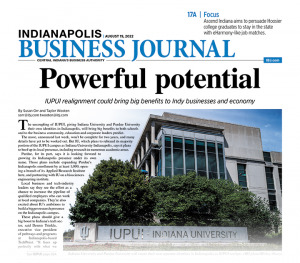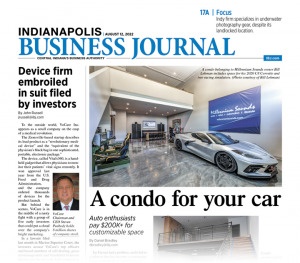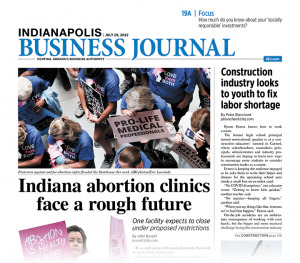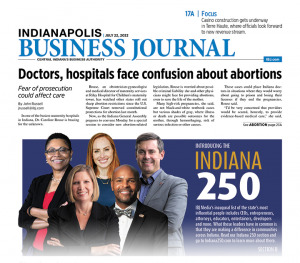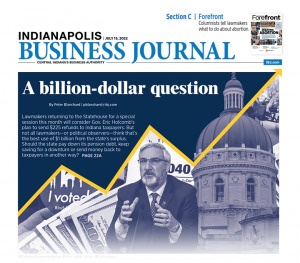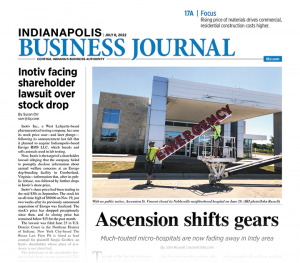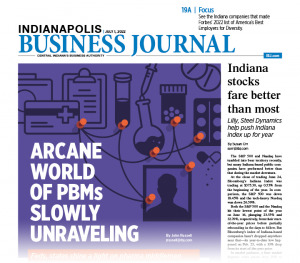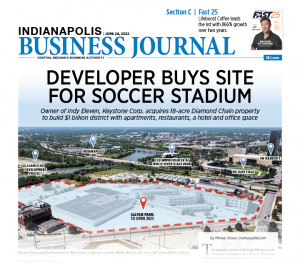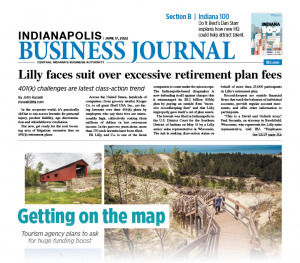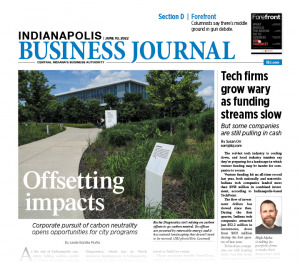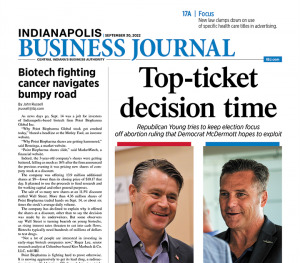
SEPT. 30-OCT. 6, 2022
Indianapolis-based Point BioPharma Global is in an uncomfortable spot. While it has raised hundreds of millions of dollars to develop its pipeline of specialty drugs that target cancer, it’s still spending tens of millions of dollars a year trying to get its lead drug through trials and approved by the FDA. John Russell explains why another share offering recently spooked investors. Also in this week’s issue, Peter Blanchard takes a close look at Indiana’s U.S. Senate race between Republican incumbent Todd Young and Democrat Tom McDermott. And Susan Orr explains how Indianapolis is playing a key role in a Mexican company’s plans to disrupt the shrimp farming industry.

